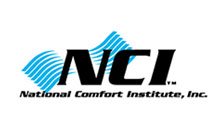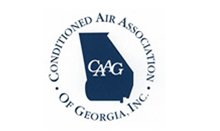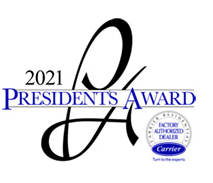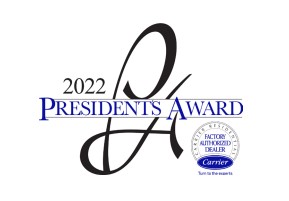ABOUT WILLIS CARRIER
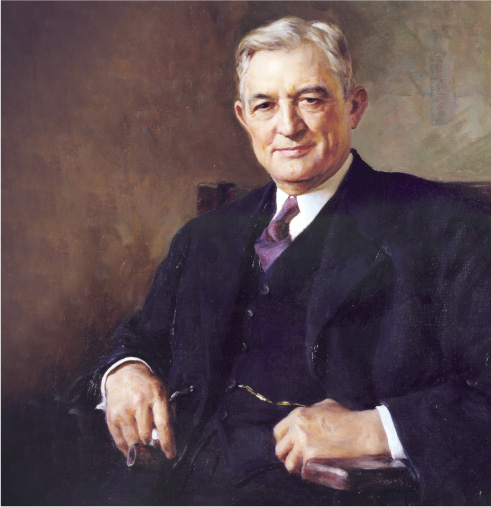
Historic Milestones
July 17, 1902
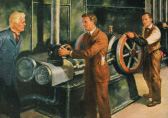
Willis Carrier designed the first modern air-conditioning system to solve a production problem at the Sackett & Wilhelms printing plant in Brooklyn, New York, launching an industry that would fundamentally improve the way we live, work and play.
September 6, 1904
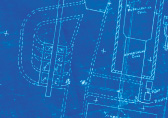
Willis Carrier applied for a patent on his invention, an "Apparatus for Treating Air," which became patent No. 808897 and was issued on January 2, 1906. Carrier had invented the world's first spray-type air conditioning equipment, able to both wash and humidify or dehumidify air. Modern air conditioning now had its fundamental building block.
1911
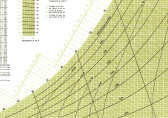
Willis Carrier's Rational Psychrometric Formulae brought science to what had been the often hit-or-miss design of air-conditioning systems, and in the process made Carrier an international name. The chart would be updated and reprinted regularly, serving as an essential tool to generations of engineers.
1913
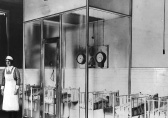
1913 - Willis Carrier developed the Carrier Air Humidifier designed to humidify the air in one room, such as an office or laboratory. It was the first self-contained unit with the fan and motor, eliminator, and sprays all combined into a single, packaged product.
July 1, 1915
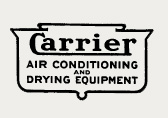
The first offices of Carrier Engineering Corporation opened in New York, Chicago, Philadelphia, Boston and Buffalo.
1916

An installation at the Barber Creamery Supply Company in Chicago became Carrier's first air-conditioned dairy.
May 13, 1926
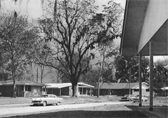
Carrier introduces the first home air conditioner.
May 15, 1928

Carrier sells the first "unit air conditioner," a smaller air conditioning unit designed for retail shops requiring up to 2,500 cfm of air, to Merchants Refrigerating Company for controlling the air in its Newark, N.J., egg storage room.
June 9, 1942

Willis Carrier receives an honorary doctorate from Alfred University in Alfred, N.Y.
June 16, 1949

Carrier announced that New York City's four biggest and most modern postwar skyscrapers would soon be air conditioned from top to bottom by Carrier's Conduit Weathermaster system.
October 7, 1950

On October 7, shortly before his 74th birthday, Willis Carrier died while on a trip to New York City. It was the end of a rich and remarkable life, the close of an era for both an industry and a company, but just the start of an enduring legacy.
June 21, 1952

Carrier helps foster a new idea in retailing — shopping malls. The concept of a group of stores facing inward toward a sheltered court would conserve energy and cut operating costs.
July 2, 1971
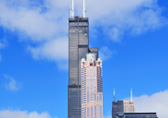
Carrier is awarded the principal air conditioning contract for Chicago's 110-floor Sears Tower, which when completed, was the tallest building in the world.
July 3, 1979

The acquisition of Carrier by United Technologies would reshape the global market for heating, ventilation and air conditioning.
July 7, 1993

Three decades of painstaking work highlighted the original colors of Michelangelo's masterpiece in the Sistine Chapel, but also left it exposed to the elements. Carrier's preservation work included the use of highly accurate humidity-measuring units placed on a ledge about 30 feet above the floor and invisible to visitors.
July 8, 1993
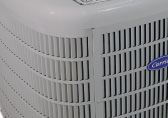
Carrier ceases to manufacturer CFC-based chillers in the U.S., two years before the deadline established by the U.S. Clean Air Act.
December 7, 1998
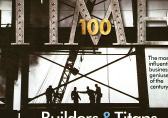
Willis Carrier is named one of Time magazine's "100 Most Influential People of the Century."
2002

Carrier installed a climate control system to safeguard the Bibliotheca Alexandria's collections while providing comfort air to a staff of 600 and visitors using more than 700,000 square feet of facilities.
2004
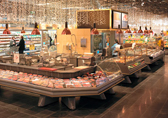
Carrier introduced its first CO2 system for commercial refrigeration and today supports more than 300 stores in northern Europe using CO2OLtec™ systems.
2008

Carrier secured nearly 70 percent of all heating, ventilating and air-conditioning contracts for venues at the 2008 Beijing Games.
2010
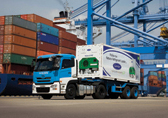
Carrier Transicold announced NaturaLINE technology, the container refrigeration industry's first natural refrigerant technology.
September 2011
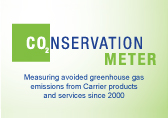
Carrier announced that the CO2NSERVATION Meter reached 100 million metric tons of greenhouse gases saved. This is the equivalent of removing more than 19 million cars from the road for one year, or the electricity used by more than 12 million homes for one year. The CO2NSERVATION Meter is designed to calculate avoided greenhouse gas (GHG) emissions since the year 2000 as a result of the installation of high-efficiency Carrier air conditioning, heating and refrigeration systems by customers around the world.
2017

Carrier celebrates the 115th anniversary of modern air conditioning





